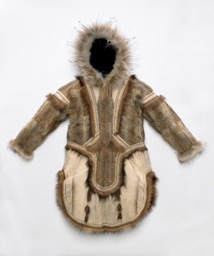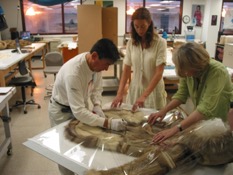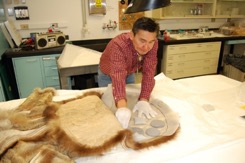Artistic Inspiration and Arts Revitalization
CASE STUDY
Artistic inspiration in model canoes
Janine Ledford, Makah Cultural and Research Center
Alex McCarty, Makah Artist and instructor
Alex McCarty, Makah artist and art instructor at the Evergreen State University, made arrangements with the curators at the Burke, The Washington State Museum of Natural History & Culture at the University of Washington, to view the model canoes made by Makah carvers. Alex was able to look at the photographs on-line and request specific models to view, and was offered suggestions by the Burke staff. Accompanied by another artist from a nearby tribe, Alex spent a full day with the model canoes, paddles, bailers and other Makah ethnographic objects. He examined and sketched the objects. The curators were impressed with the amount of time he spent closely observing the model canoes and making sketches. Often researchers briefly examine an object and then take a photograph. Regarding photography versus sketching and close examination, Alex said “There is no comparison. There is nothing like the experience of visiting and interacting with those objects”.
Conducting this research also pushed my work to the next level as a carving teacher. I recently taught a model canoe making workshop that closely examined the styles of canoes from local indigenous nations and communities. Each student carved a functional model canoe, unique to their identity and personal creative expression. They learned how to make original two-dimensional concept designs to create a canoe focusing on the functionality required for canoes to travel through the water successfully. They learned how to use both contemporary and traditional Northwest carving tools.
Here are scans of some of my favorite sketches from when I conducted research in the Burke Museum Archives. Sketching the objects proved to be more beneficial than simply capturing photographs. Observational drawing enabled me to take a close read of the objects so that I could have a better understanding of the lost techniques of our ancestral Makah carvers. We are very fortunate that we have access to preserved objects such as these model canoes because it helps us understand where we come from and how important the ocean is to our cultural health and well-being.
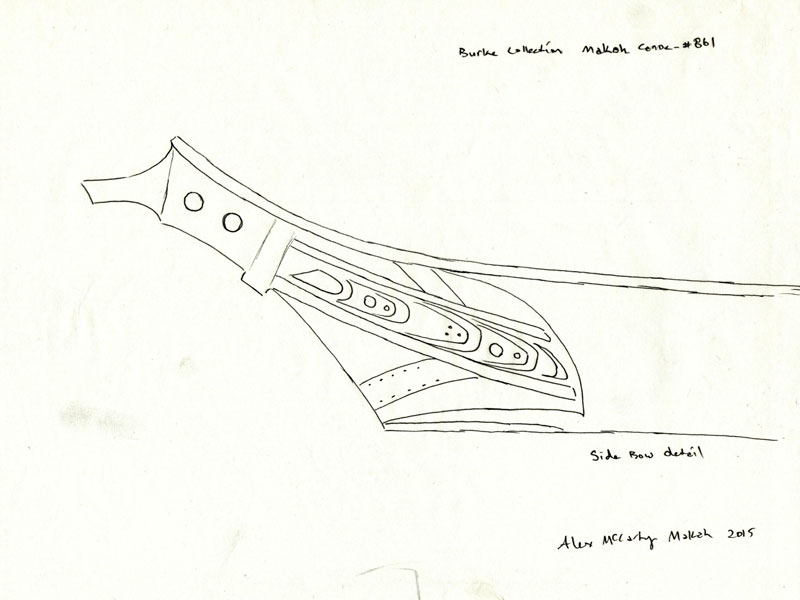
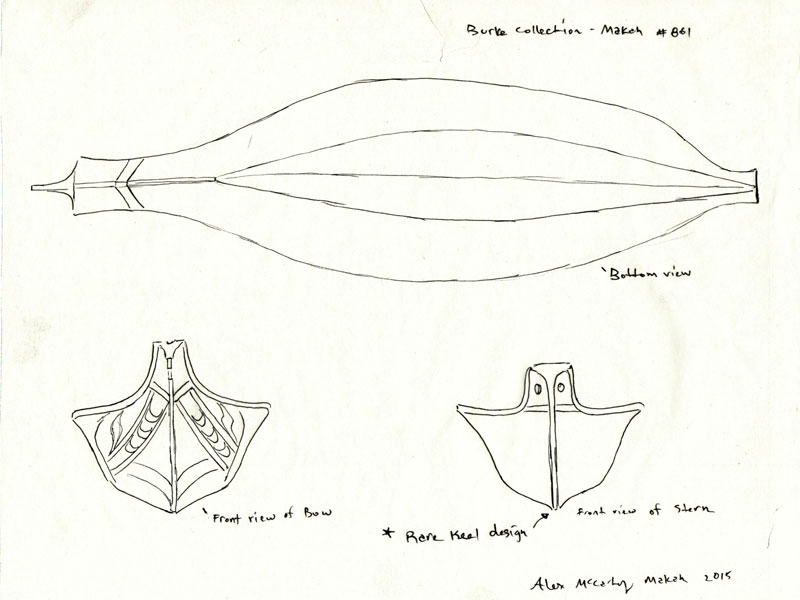
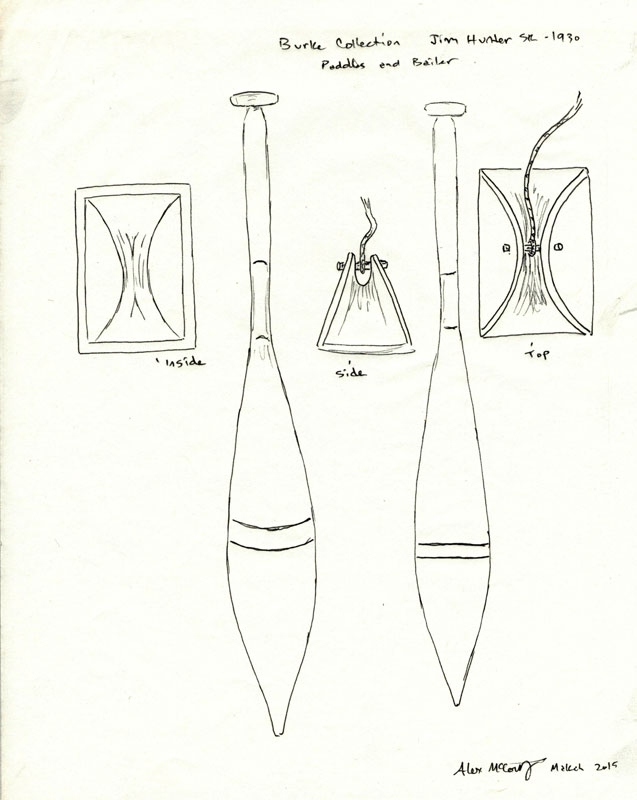
CASE STUDY
Artistic inspiration and ongoing relationships
Landis Smith, National Museum of Natural History
Artist, traditional dance group leader and researcher, Chuna McIntyre, was invited to visit Yup’ik collections at the Smithsonian National Museum of Natural History part of the Anchorage Loan Project (http://anthropology.si.edu/accessinganthropology/alaska/index.html). One of the goals of this project was to form long-term partnerships between the museum and community members, in contrast to short consultations. Such partnerships depend on trust and mutual respect, and encourage sharing, creativity and exchange of ideas and expertise.
